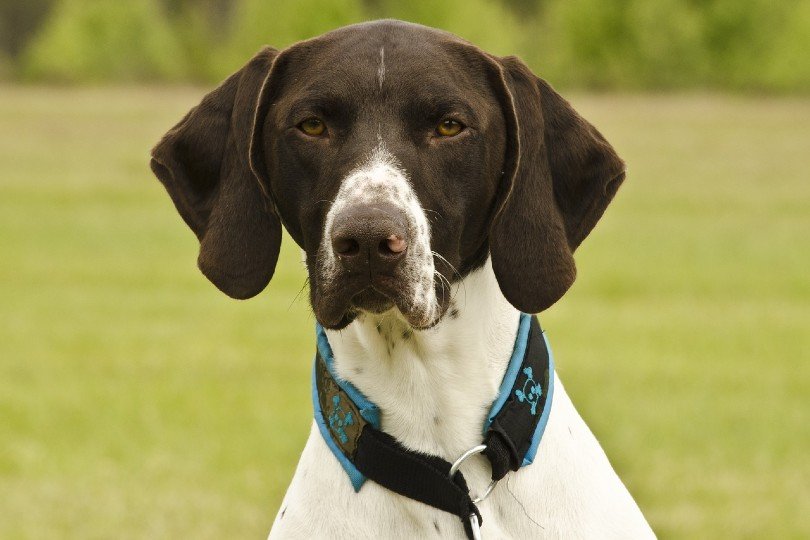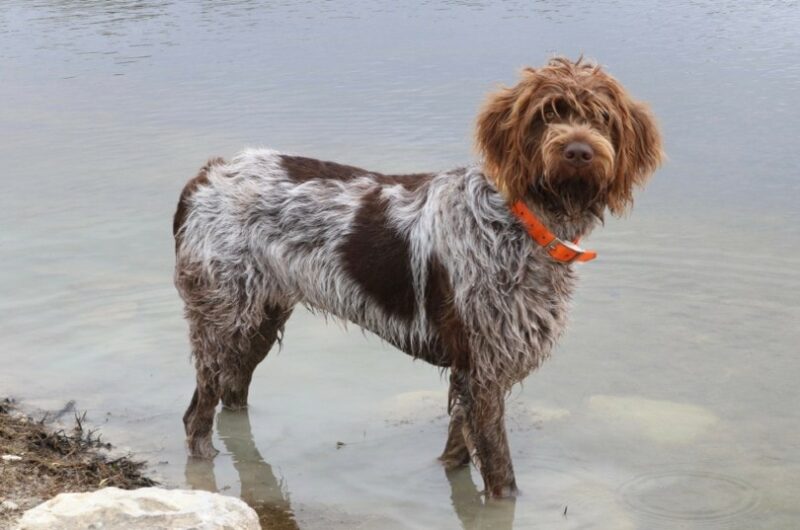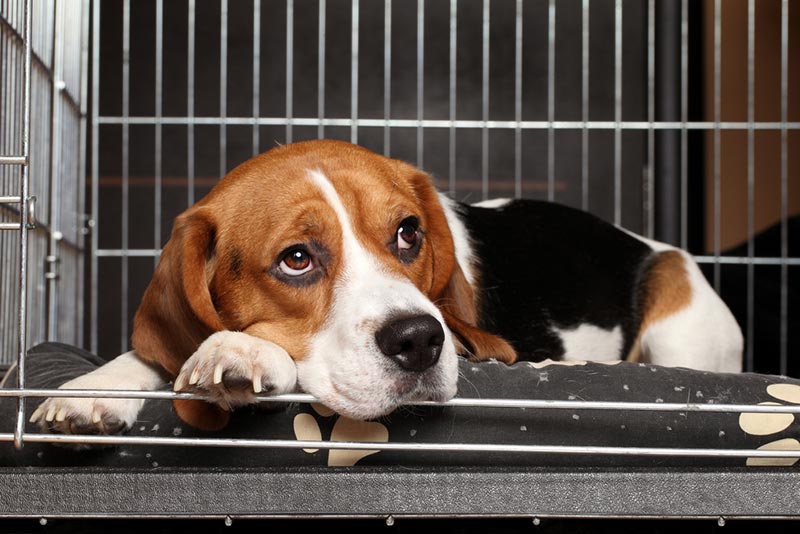Dog Park Etiquette: 10 Rules for a Well-Behaved Pet
By Jordyn Alger
Updated on
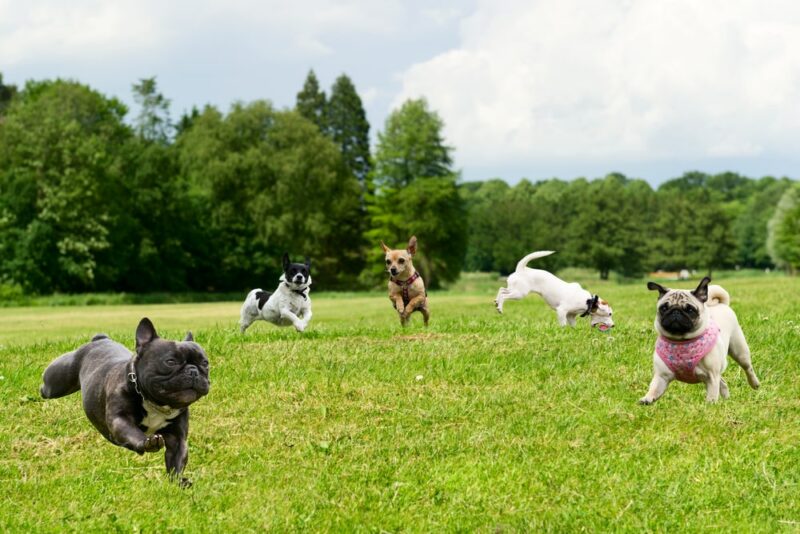
Dog parks are a great way for your dog to burn off some energy and socialize with other pups, and they offer you the opportunity to strengthen the bond between yourself and your dog. However, if proper etiquette is not observed, a dog park visit can quickly go from enjoyable to miserable.
The rules and regulations for each dog park are put in place in order to guarantee each visitor can enjoy their visit. These rules are also meant to ensure everyone’s safety. Therefore, before attending any dog park with your pup, you will need to brush up on some dog park expectations to make sure everyone is happy and safe during your trip.
As a pet parent, you are responsible for your dog’s actions as you would be for a child. To make sure that no one gets hurt, it is vital that you observe precautions and follow these rules of dog park etiquette.
The 10 Rules for Dog-Park Etiquette
1. Be Aware of the Park’s Expectations
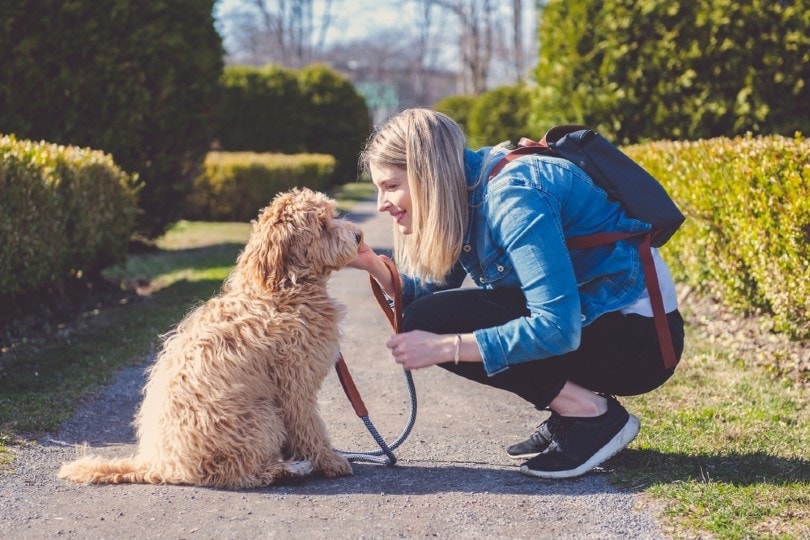
Each park is going to have its own set of rules. One park may be entirely fine with your dog roaming off-leash, while the next may strictly prohibit it. Before visiting a dog park, make sure that you are aware of their specific expectations.
A common rule among dog parks is that your dog must be licensed with tags and a collar. Likewise, your dog needs to be fully caught up on vaccinations so that there is no risk of dangerous, preventable conditions being spread between dogs at the park.
Many parks have entry fees or annual licensing fees. Sometimes, you will need to apply for a membership application before you and your dog can enter the park. The best way to be aware of the park’s rules and fees is to check if they have a website. If they do, you should be able to find the information you need there.
2. Know When to Not Bring Your Dog
Not all dogs should go to the park, at least not right away. For instance, if your dog is sick or otherwise not feeling well, you shouldn’t take them to the park where they could potentially contaminate other dogs. Besides, your dog probably wouldn’t be too interested in visiting the park while they are not feeling his best, anyway.
Other instances when your dog should not visit the park include if they’re not vaccinated, does not have flea or tick protection, or they are not neutered or spayed. Female dogs in heat should not visit dog parks.
If your dog does not know how to behave themself, you shouldn’t take them to the park. If your dog annoys other visitors or injures them, this will cause a lot of problems.
3. Don’t Bring a Puppy

Many people want to bring their puppies to the dog park so that they can socialize with other dogs, but this is not advised. A dog park is not the proper place to learn how well-behaved your puppy can be around other canines. Instead, one-on-one encounters or puppy socialization classes are the best way to introduce your puppy to other dogs.
While a puppy’s energy can be infectious to you and the people around you, adult dogs will often find this liveliness to be grating. Wait until your dog reaches 6–9 months before trying to take them to a dog park.
4. Know Your Dog
Your dog isn’t the only one who needs to do some work before visiting a dog park. You also need to be able to reliably read your dog’s body language before you take them to a place full of other dogs.
Content, happy dogs tend to have relaxed ears and wagging tails. If they are feeling playful, they may bow with their front end close to the ground and their hind end in the air.
Upset dogs have their own body language, too. Before going to a park, you need to recognize the signs of discontent in your dog so you can remove them from a stressful situation before his emotions get the best of them. Upset dogs will have their ears flat to their heads, or they may be pointed up and forward. If your dog growls with his lips curled back, this is a sign of aggression.
In these instances, it is vital that your dog knows that you are the boss. If you cannot get your dog under control promptly, a fight may break out.
5. Bring Water and a Water Bowl for Your Dog

Not all dog parks provide water stations or water bowls for the dogs, so make sure to bring your own. Having water is important so that your dog can hydrate while they play. If they don’t have a place to get water, they may be tempted to take water from another dog’s bowl, which may cause the other dog to grow territorial.
Bringing your own water and water bowl is also a good way to encourage your dog to come back around to you in between playing. Plus, using communal water and water bowls may cause your dog to catch or spread contagious diseases.
6. Don’t Give Treats to Other Dogs
If you plan to bring treats, first make sure that the park you are visiting allows you to bring them in the first place. Not all dog parks allow pet parents to take treats inside the park with them.
If the park you are visiting does allow you to bring in treats, do not feed them to any other dog except for yours. Feeding your dog’s treats to another dog may cause your dog to display territorial aggression, and it is rude to give someone else’s dog treats without asking. Not to mention, some dogs may have food allergies, and feeding them unfamiliar treats may trigger an allergic reaction.
7. Don’t Bring Human Food
If you’re hungry, you’ll want to plan to eat before you arrive at the park. Bringing food into a dog park is generally frowned upon and not a very good idea. Other dogs may be eager to try a bite of your meal, and they may behave aggressively towards you to try and get a taste. While you are at the park, your attention should be on your dog rather than on a meal.
8. Clean Up After Your Dog
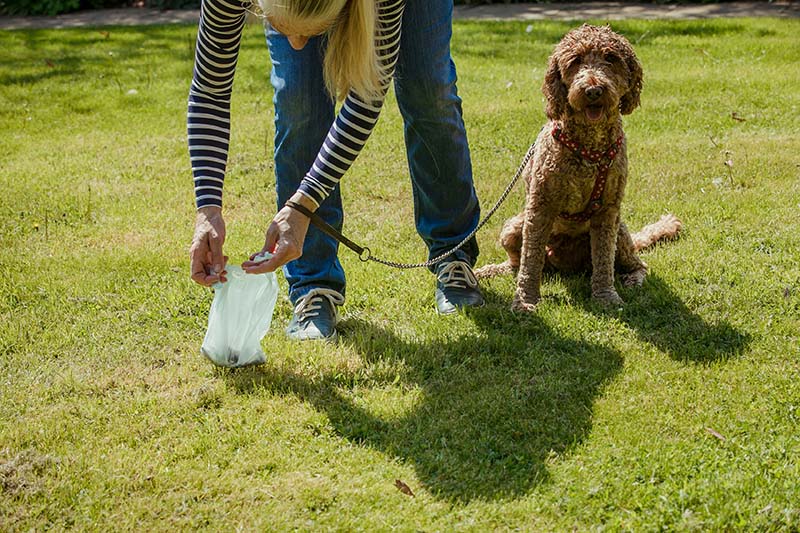
Bring waste bags and a poop scoop with you to the park. Not all parks provide these amenities for visitors, but you are still expected to clean up after yourself. It is considered one of the most basic tenants of dog park etiquette. This is a common expectation that allows other dog owners to enjoy a beautiful dog park, so extend this courtesy to others as you would hope them to extend it to you.
Beyond politeness, picking up after your dog is important for health reasons as well. Feces can contain bacteria and parasites that may spread to other dogs, so be sure to clean up for the safety of your dog and others.
9. Don’t Leave Your Dog to His Own Devices
You may be tempted to leave your dog to his own devices so you can get some alone time in, but this is something you should never do. In fact, it is often prohibited to leave your dog in a dog park without your supervision. While visiting the dog park, you need to keep an eye on your dog at all times.
You should not be distracted by other things while at the dog park, such as your phone. If you notice many other dog owners are paying more attention to their phones than their dogs, that may be an indication that you want to avoid that specific park.
10. Watch Out for the Three Ps
The three Ps are packing, possessiveness, and provoking. Packing is when multiple dogs are together; for instance, if a dog owner brings in three or more dogs to the park. These dogs may pack together, which can be intimidating to other dogs and lead to fights.
Possessiveness is another behavior to avoid. If your dog has a toy that they’re possessive over, they may react poorly to anyone who approaches the toy. This can lead to intimidation or other aggressive behaviors.
If your dog is constantly going after other dogs and upsetting them, this is a sign of provoking. This can lead to fights and injury.
As soon as you notice any of these behaviors, you will want to either take your dog to a more neutral location in the park or leave the park entirely.
Conclusion
Etiquette at a dog park isn’t just meant to keep people happy, but it is essential to everyone’s safety. Before visiting any park, make sure that your dog is able to behave itself around other dogs. Likewise, make sure that you know of any specific rules in place to ensure that all visitors can enjoy their time at the park without having to worry about their safety. Be sure to follow dog park etiquette each time you go so that everyone involved has an enjoyable experience.
Featured image credit: Alis Leonte, Shutterstock

